
On the one hand, a prison is the last place you would like to go, but on the other hand, sometimes you want to tickle your nerves, and in this case there is no better place than a former prison. Throughout history, there have been a huge number of terrifying places of confinement for criminals in the world, some of them were destroyed, some were disbanded, some still perform their function. Today, there are 93 former prisons that have become museums open to curious visitors. We want to tell you about the 5 most impressive.
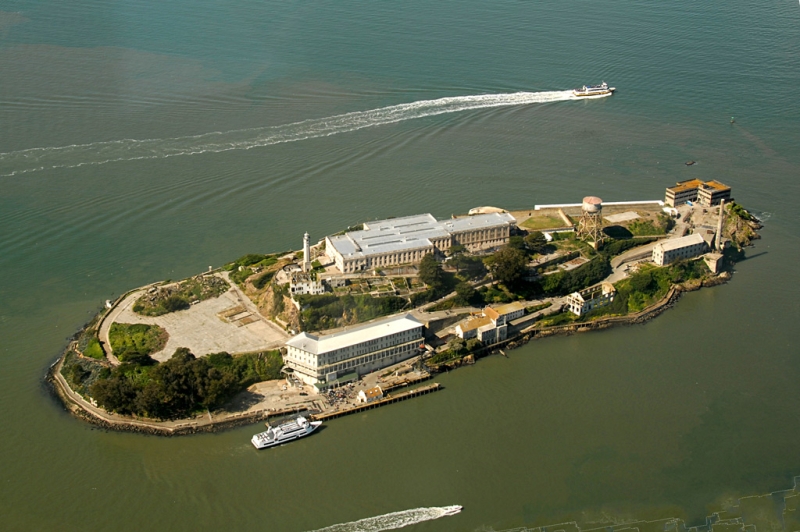
1. Alcatraz, USA
The disbanded prison, also called “The Rock”, gained worldwide fame after the release of the 1996 film of the same name starring Nicolas Cage. Alcatraz is located on an island in San Francisco Bay, California, and really looks like an inaccessible rock. In the 19th century, a lighthouse, a protective fort and a military prison were built on the island, and in 1934 the prison was transferred to the federal level in order to hold especially dangerous criminals prone to escape. In addition to iron bars and strict guards, icy water with a strong current into the ocean served as reliable protection against escape. In total, during the operation of the prison, 14 escape attempts were organized, but the five most successful fugitives who managed to escape were never found either alive or dead, so it is believed that there were no reliable precedents. The most famous prisoner of Alcatraz was the American gangster Al Capone.
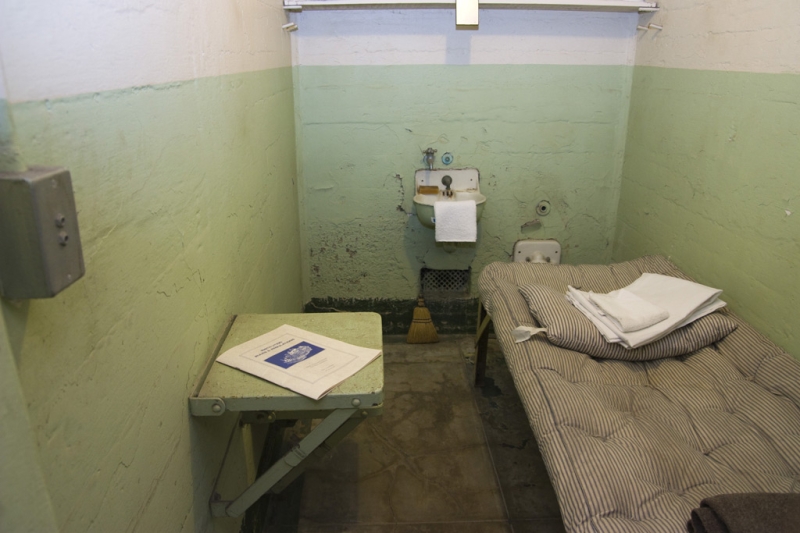
Nowadays, the prison is part of the Golden Gate National Recreation Area, and a daily ferry carries tourists there. During the tour, visitors can explore the interior of the prison, visit the cells and learn in detail the history of the most famous escape attempt.
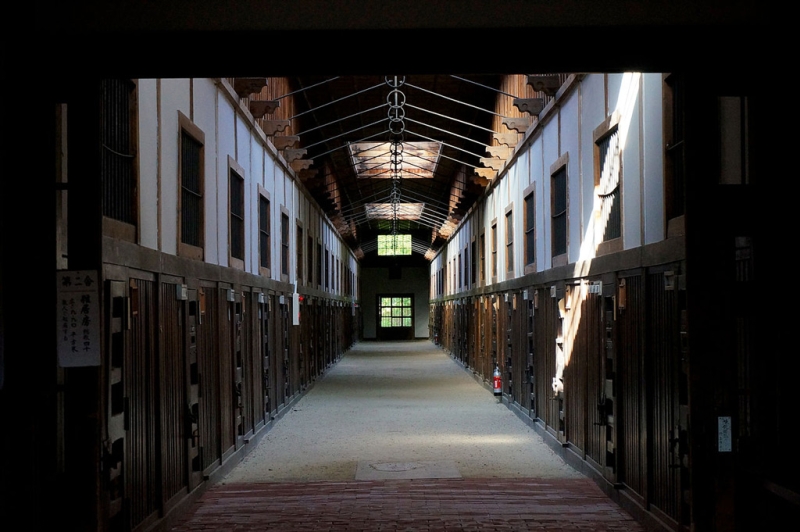
2. Abashiri, Japan
The prison on the island of Hokkaido is considered the most reliable in the history of Japan. For almost a hundred years, the most hardened criminals were sent to the snow-covered shores of the Sea of Okhotsk, where the winter hurricane winds washed down the drifting Siberian ice. A sentence to imprisonment in Abashiri practically meant the death penalty, and the bridge connecting the prison territory with the outside world became the last frontier on the path to oblivion for many desperate yakuza. Despite the very strict regime, there were escapes from prison. The most famous was committed in 1944 by Yoshi Shiratori, a thief and repeat offender with the talent of Houdini, who became famous for escaping from all the prisons where he was imprisoned for life or awaiting death penalty. They say that he could twist his joints and was able to crawl through a grate with a hole as wide as the width of his palm. Be that as it may, to escape from Abarasi he needed superhuman abilities: to get out of handcuffs and a cell, and then run 120 kilometers in one day.
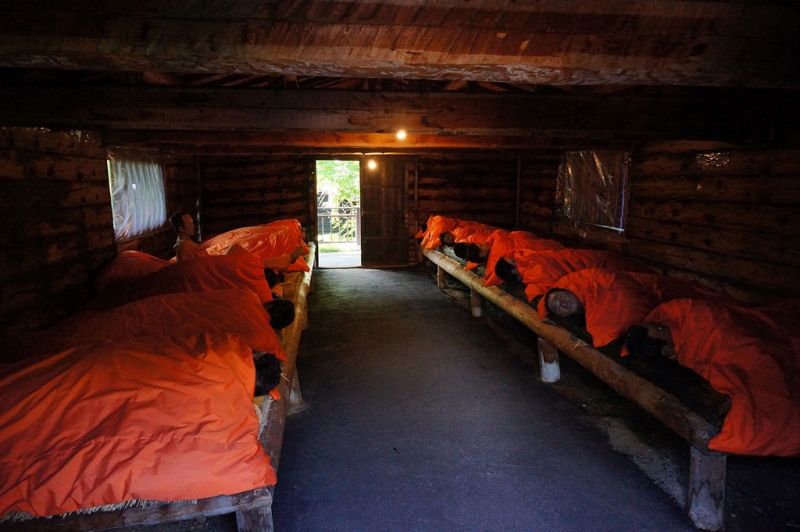
Currently, the active Abarasi prison is located in a new building, not so far from the city center, but the old building has been turned into a museum. Tourists are treated to a visual tour; mannequins are placed in each room, demonstrating the prison way of life: in the bathhouses, tattooed yakuza sit covered with sheets; in the general barracks, prisoners sleep with their heads on a log – so the overseer could wake everyone up with one blow on a piece of wood.
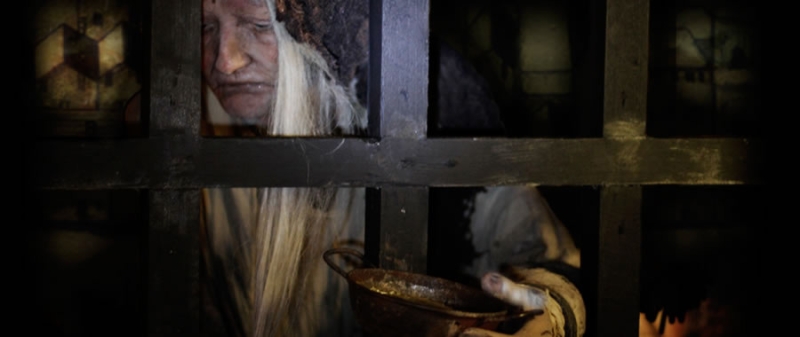
Photo: clink.co.uk
3. Clink, UK
Founded in 1144, Clink Prison is the oldest men’s and women’s prison in England, which has survived many eras and rulers, and political, civil and religious criminals, along with heretics, drunkards and prostitutes, have been imprisoned within its walls at various times. The history of the prison is rich in scandals. So, in the Middle Ages, the wages of overseers were so meager that they found an alternative way to earn money – for money, prisoners could get themselves decent living conditions. Food cost about twice as much as in freedom, but the free ration consisted of water and stale bread, so the poor were forced to sell their last possessions and even clothes in order not to die of hunger. On the other hand, for a certain fee, overseers could even release a person to earn money, and women were allowed to engage in prostitution. There were also two arson attacks in the history of the prison: during the riots in 1450, all prisoners were released, and the prison was burned to the ground, but after the suppression of the uprising, it was rebuilt. After the second arson in 1780, the prison was never rebuilt.
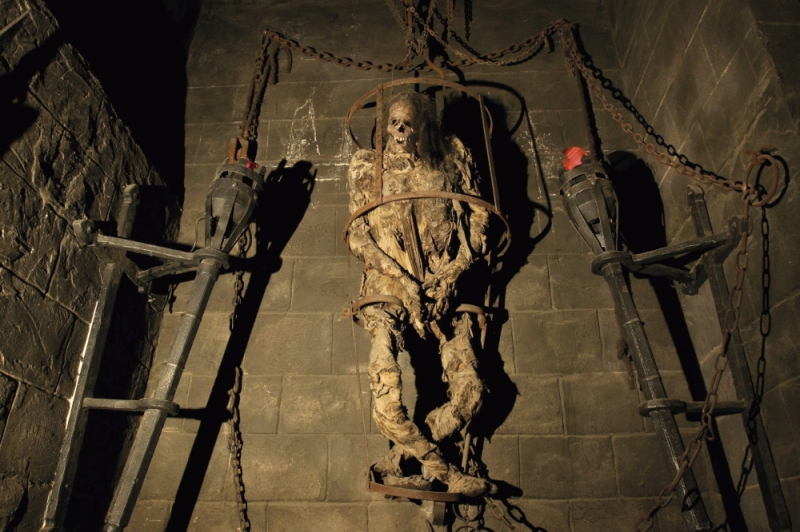
Today, the museum partially recreates the interiors of the oldest version of the Klink prison, with dark cells, instruments of torture and other archaeological relics, and visitors are told chilling stories.
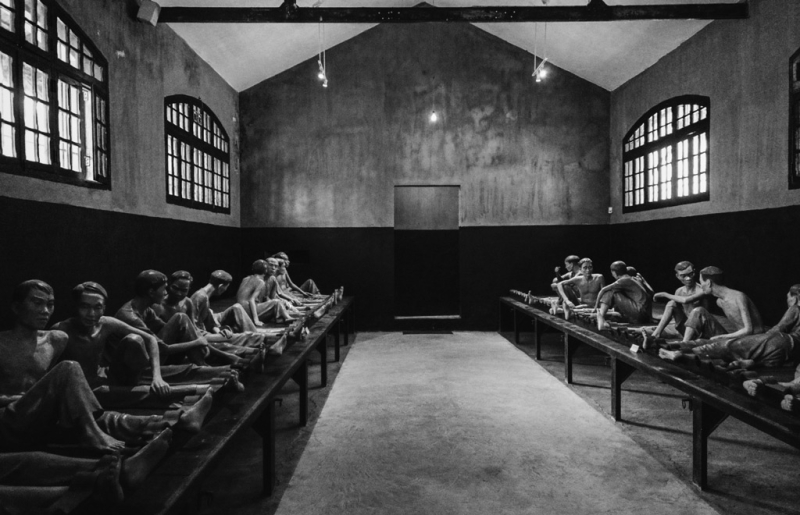
4. Ho Lao, Vietnam
In 1869, the French built the Maison Centrale prison in Hanoi to house political prisoners who opposed French rule. The prison’s original capacity was 450 people, and after an expansion in 1913 the figure increased to 600 people, but throughout history the building was constantly overcrowded. The prison closed after Vietnam declared independence in 1954, but found new life ten years later during the Second Indochina War as a brutal incarceration site for American prisoners of war. The prison was given a new name, Hoalo, which literally translates as Fiery Furnace. More than two thousand prisoners of war were kept in prison in terrible conditions and were regularly tortured. It is ironic that this name initially had nothing to do with the conditions of detention, the prison was simply located on Hoa Lo Street, where there were many shops with wooden stoves. Despite the harsh conditions and torture, some of which ended in death, none of the prisoners were openly called prisoners of war, because the United States did not declare war on Vietnam, so the Americans themselves sarcastically nicknamed the prison the Hanoi Hilton.
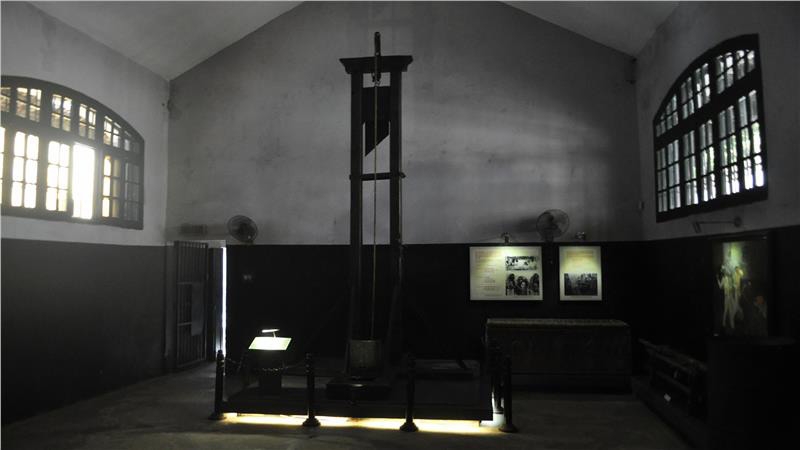
In the mid-1990s, the prison was dismantled, leaving only a small part for a museum. The main part of the exhibition dates back to the colonial era, including a room with a guillotine and other sophisticated devices. The times of American prisoners of war are represented by an interrogation room and a room where prisoners were kept in supposedly good conditions: the Vietnamese still deny the fact of cruel treatment of prisoners of war.
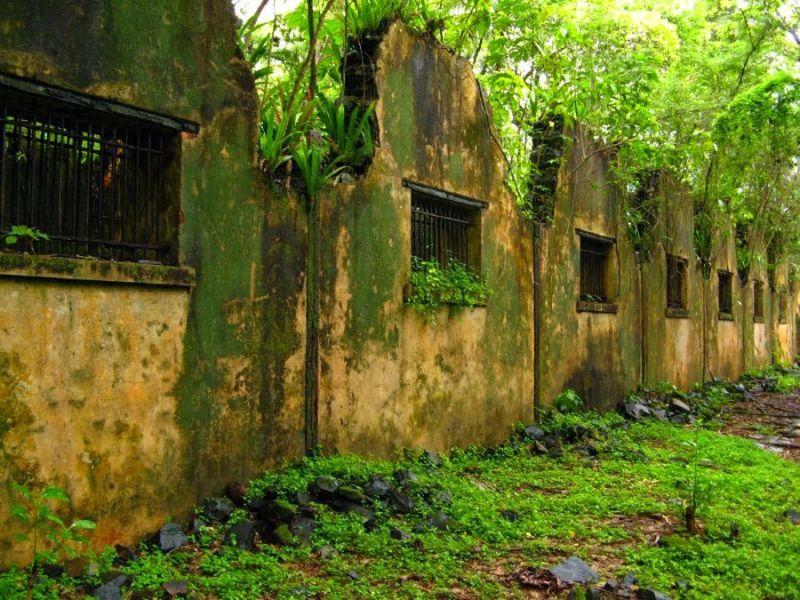
5. Devil’s Island, French Guiana
Devil’s Island or Devil’s Island is the smallest but most famous island of Cayenne, an overseas department of France where cayenne pepper is grown. For 90 years, starting in 1852, Devil’s Island served as a convict prison for especially dangerous criminals, and political prisoners were kept there along with murderers and thieves. Due to the harsh conditions and harsh tropical climate, the chances of survival for those exiled to Cayenne were very low, so the place was often called the “dry guillotine.” Most island prisons are difficult to escape from. In the case of Devil’s Island, this is especially true, since the water here is infested with piranhas, and the nearest coast of the continent is overgrown with impenetrable jungle. Nevertheless, throughout the history of the prison there were several escapes, the most daring of which formed the basis of Henri Charrière’s book “The Moth”.
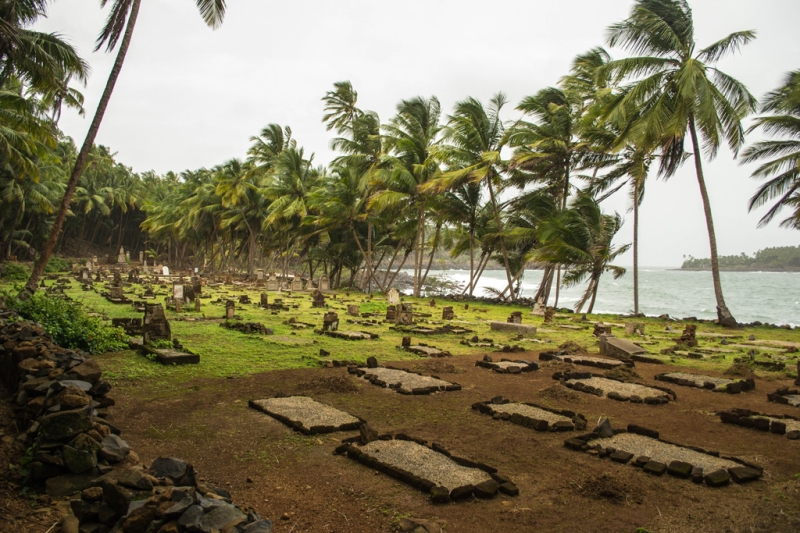
Photo: Will Jones
In 1965, the island was transferred to the Guiana Space Center, the historical buildings were restored and opened to the public. Today, more than 50 thousand tourists come to Devil’s Island every year.
Subscribe to our channel on Telegram and be the first to know about the cheapest tickets and offers.
Author: Irina Krokhaleva
To book hotels around the world, use OneTwoTrip.

